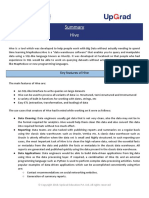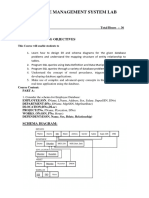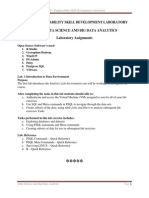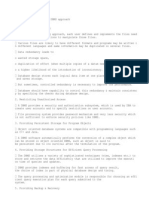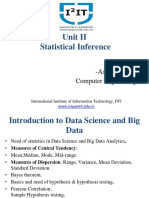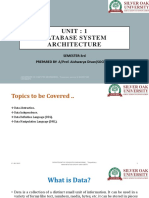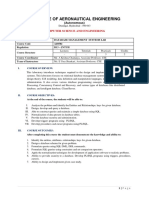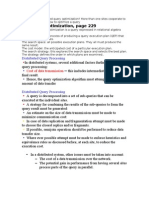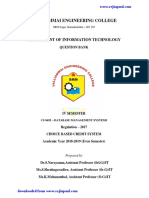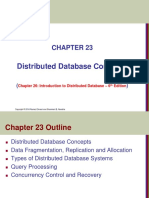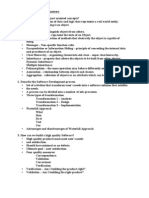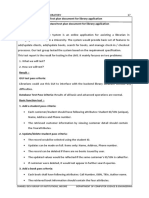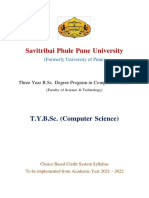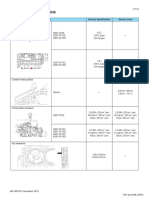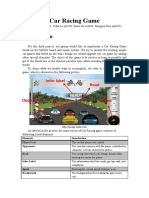0% found this document useful (0 votes)
348 views42 pagesADB - Unit - III (Chapter-2) - Query Processing and Decomposition
Uploaded by
Tapaswini DesaboinaCopyright
© © All Rights Reserved
We take content rights seriously. If you suspect this is your content, claim it here.
Available Formats
Download as PDF, TXT or read online on Scribd
0% found this document useful (0 votes)
348 views42 pagesADB - Unit - III (Chapter-2) - Query Processing and Decomposition
Uploaded by
Tapaswini DesaboinaCopyright
© © All Rights Reserved
We take content rights seriously. If you suspect this is your content, claim it here.
Available Formats
Download as PDF, TXT or read online on Scribd
/ 42


